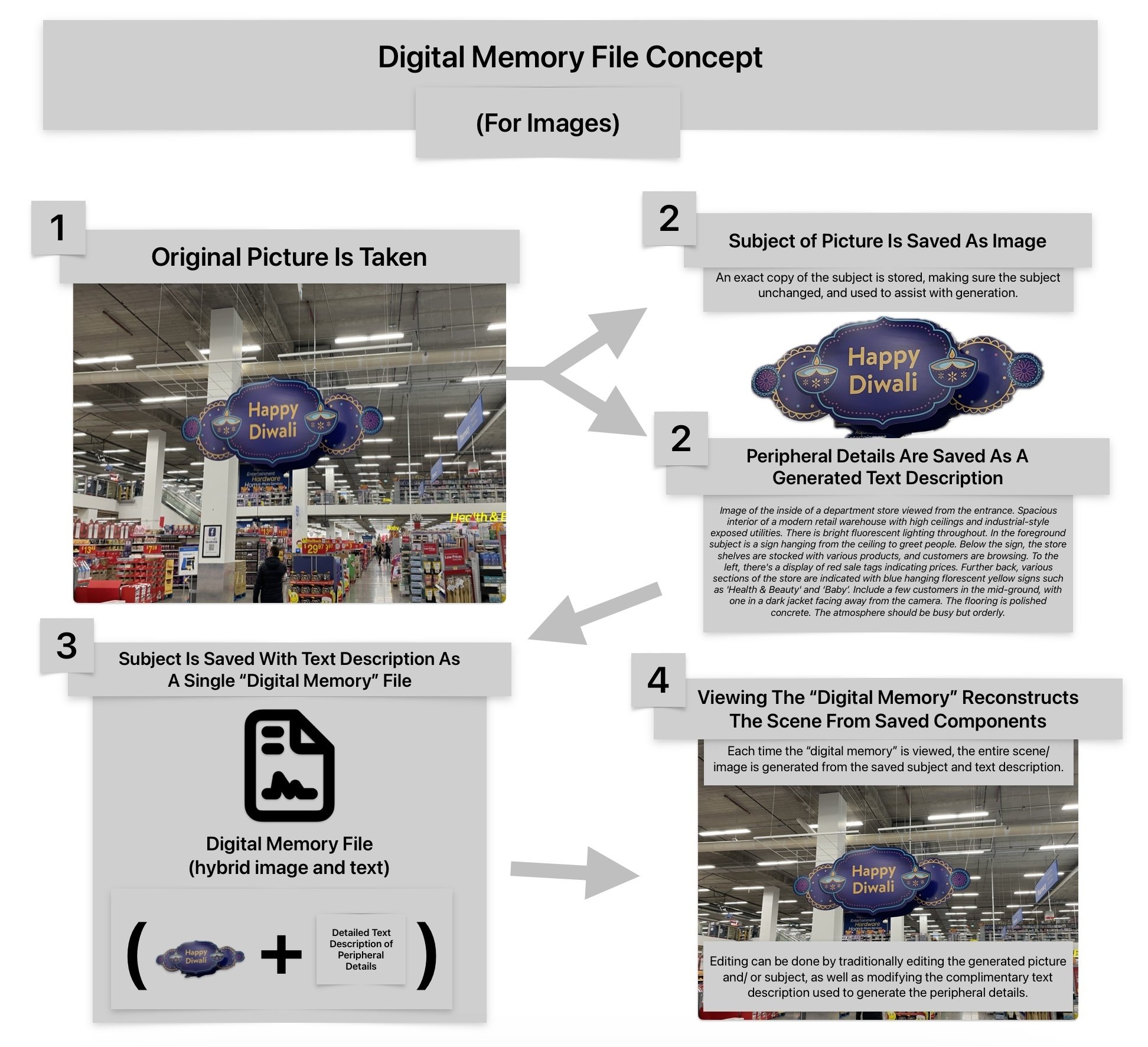Technology
This is the official technology community of Lemmy.ml for all news related to creation and use of technology, and to facilitate civil, meaningful discussion around it.
Ask in DM before posting product reviews or ads. All such posts otherwise are subject to removal.
Rules:
1: All Lemmy rules apply
2: Do not post low effort posts
3: NEVER post naziped*gore stuff
4: Always post article URLs or their archived version URLs as sources, NOT screenshots. Help the blind users.
5: personal rants of Big Tech CEOs like Elon Musk are unwelcome (does not include posts about their companies affecting wide range of people)
6: no advertisement posts unless verified as legitimate and non-exploitative/non-consumerist
7: crypto related posts, unless essential, are disallowed
view the rest of the comments

As someone how enjoys photography, this seems dumb.
This just adds another abstraction layer, on top of all the other abstraction layers, and for what?
Saving storage?
Storage is fairly cheap these days, processing power, less so.
We already have image compression, you don't need to save every raw file (though I save both every raw and jpg I get from my camera), if space is running out, get another harddrive.
I also don't believe that an AI would be able to recreate a picture exaclty the same way every time, even from the same prompt.
You would need to describe the image in exruciating detail to get the AI to draw the same picture every time, that would also take time to generate the image every time you want to see it, sure caches exists, but they take up storage and/or RAM.
The pitch is that everything surrounding the subject is extra, and so it doesn't matter if it's the same every time. It's literally throwing that information away in favor of a simplified description. It's extremely processor-intensive data compression.
That is completely terrible, the background is often critical to the photo, there are only a tiny number of photos where the background might not matter.
The author claims to want to help preserve memories, but to me, it seems like this concept would change existing memories.
I use my photo collection as a way to remember events and places, making the memories clearer when I look at them, I can't imagine a time when I would ever want parts of the image to change on it's own from viewing time to viewing time.
The only kind of photos that this could work for would be stock photos, where the customer won't care if the photo convey a memory or not as long as it convey the message they want.
This is a dumb concept, less dumb in some specific areas, but still dumb, it feels kinda like that woman who tried to restore the painting of Jesus in Spain...